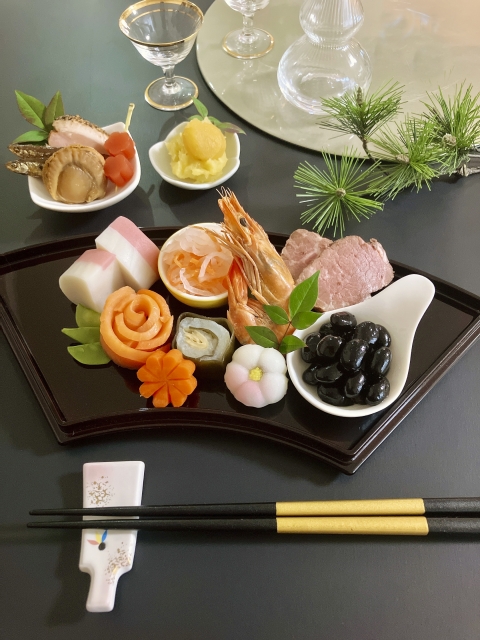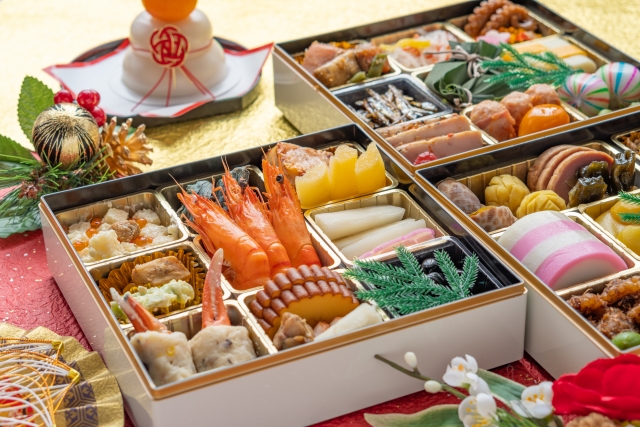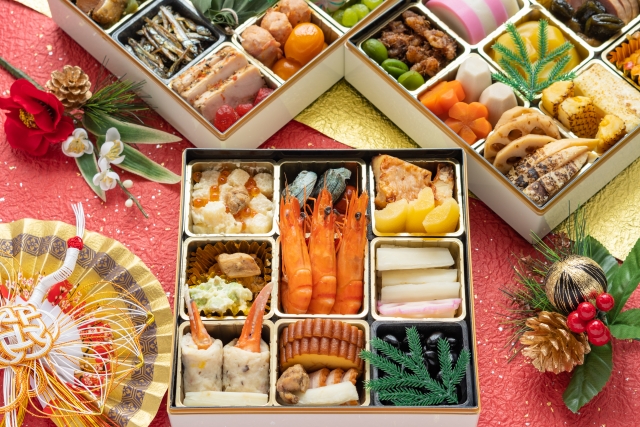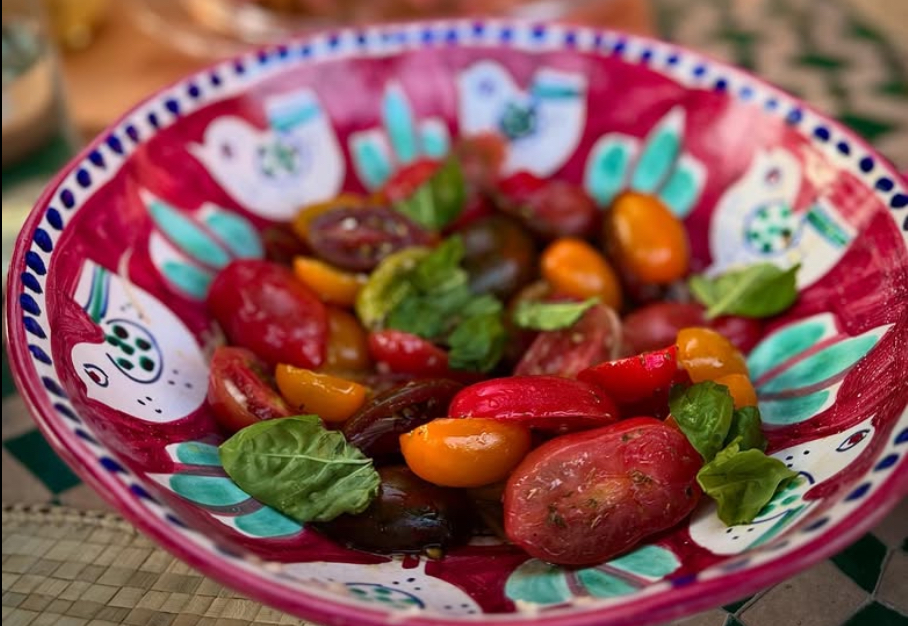
Japanese New Year Celebration Traditions
Osechi ryori is a traditional Japanese New Year’s dish. Its origins date back to the Heian period (794-1185), when the dish was specially prepared to express gratitude to the gods at the beginning of the year and to pray for the health and prosperity of the family, and came to be known as “Osechi. Today, it has become an essential part of the annual New Year’s celebration in Japanese households.
New Year’s Wishes
Each of the ingredients used in Osechi dishes has a deep meaning. For example, black soybeans are eaten with the wish for a healthy and vigorous year. Datemaki is for “to receive wisdom,” and red and white fish paste is a symbol of sharing joy. In addition, the shrimp symbolizes longevity in its appearance, and is associated with wishes for the health and happiness of the whole family. Through these foodstuffs, we express our family’s wishes at the beginning of the year and bring in happiness.
A Special Moment Surrounding Osechi
Osechi ryori is not just a meal, but an important ritual to celebrate the New Year with family and close friends. Eating beautifully arranged food in a stacked box is a wonderful time to strengthen family bonds. By spending this time together, we can be thankful for the past year and welcome the New Year with renewed hope.
The Artistic Beauty of Osechi

Osechi cuisine is a delight not only in taste but also in appearance. The colorful ingredients are beautifully arranged in the stacked boxes and look like works of art. For example, the luster of the black soybeans and the bright colors of the red and white fish paste are pleasing to the eye and make one feel the blessings of the New Year even before eating. The traditional Japanese sense of aesthetics is evident in the attention to detail in the arrangement of these dishes.
The Japanese Spirit in Osechi
Today, many people find it difficult to make their own Osechi dishes by hand, and it is more common to purchase them at specialty stores. Nevertheless, the traditional taste and shape of these dishes are still cherished, and through eating Osechi, people feel the Japanese culture and strengthen the bonds with their families and close friends. Why not reaffirm the meaning of Osechi dishes while enjoying them at this time of the year to welcome the New Year?
What are your wishes for this year’s Osechi dishes?
Spending time with family over Osechi dishes at the beginning of the New Year is not just a custom, but an important tradition that will continue into the future. Enjoy this special moment to pray for the health, happiness, and success of yourself and your loved ones, while feeling the meaning behind Osechi. This New Year, let’s strengthen our bonds with family and friends through Osechi and welcome a wonderful year ahead.
References
Japan Post. (n.d.). History of Osechi cuisine. Japan Post. https://www.shop.post.japanpost.jp/column/osechi/osechi_history.html?srsltid=AfmBOoo0bpsZWAwuEEfY09kceY7-X_g-uYCPd1uGlt3H2 ShCHCWidJ7b
Fermented Gastronomy. (2023). History of Osechi and its Transition. Marukome. https://www.marukome.co.jp/marukome_omiso/hakkoubishoku/20231228/18779/
Teletext Toranomon Column. (2024). History of Osechi cuisine. Toranomon Market. https://www.toranomon-ichiba.com/column/t-category/osechi/osechi-rekisi.html




